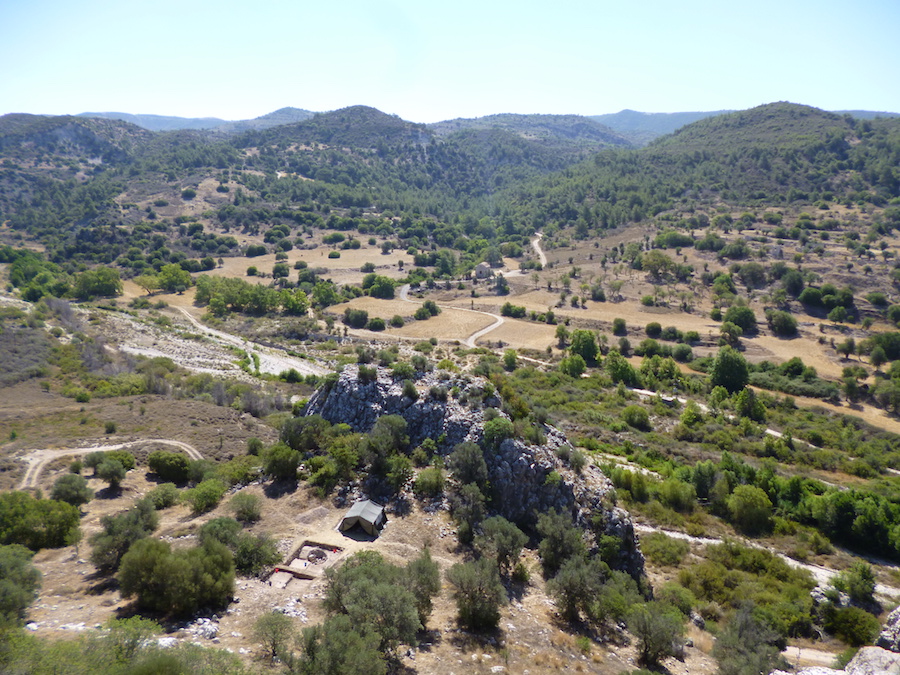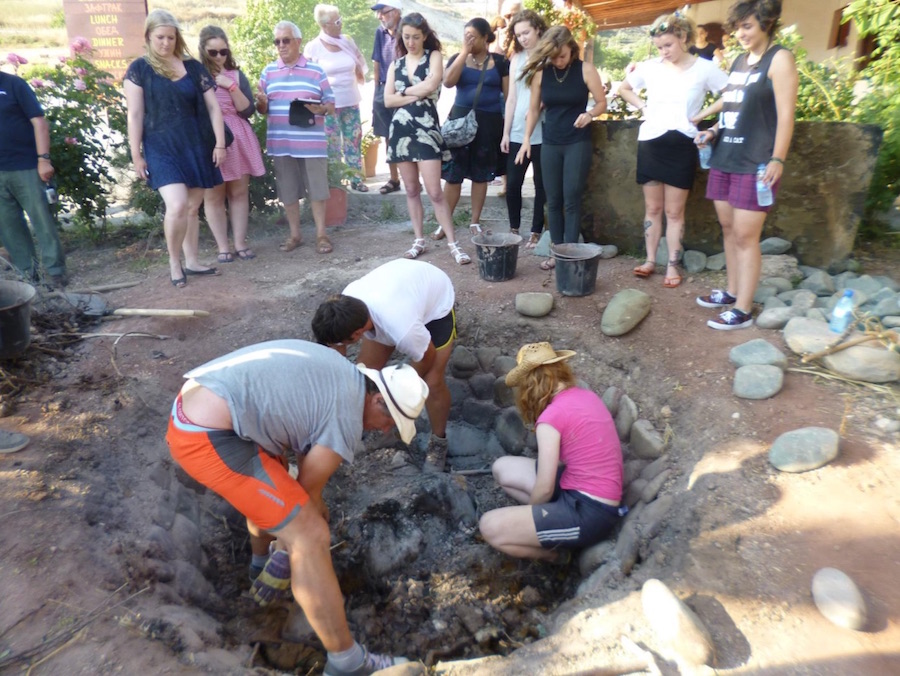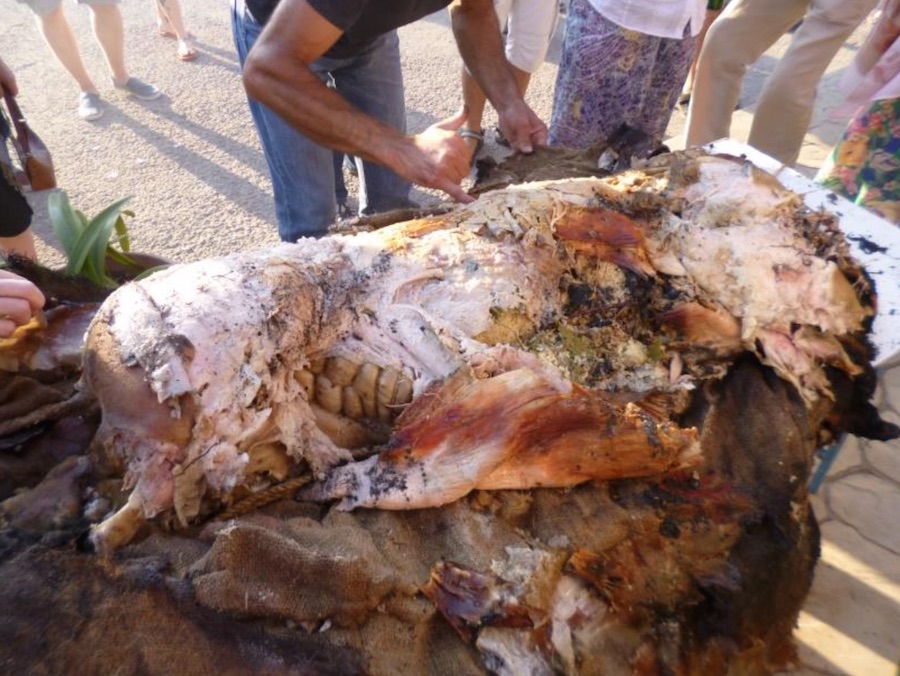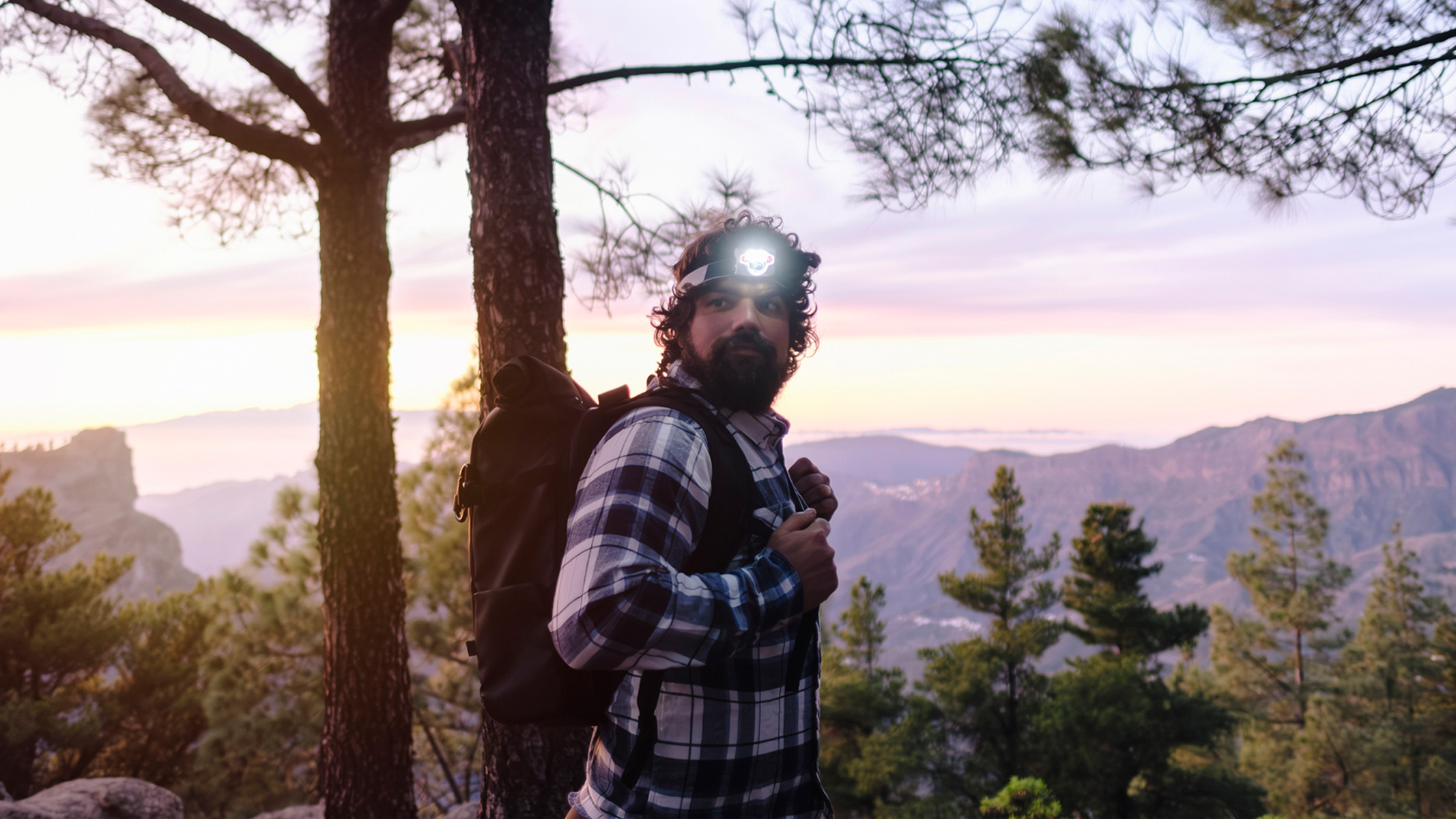In Photos: A Stone Age Barbecue Pit
Archaeologists on the Mediterranean island of Cyprus recreated a prehistoric pit feast this summer, feeding 200 people with pig and goat, slow-roasted underground. The reason? The scientists wanted to test the cooking methods of Neolithic chefs. Here's a look at the Stone Age barbecue pit and the recreated roast. (Photos courtesy of Andrew McCarthy.)
Ancient BBQ

With a view to both the mountains and the sea, Prastio Mesorotsos is a scenic gateway to the highland forests outside of Paphos in Cyprus. Humans have called this place home almost continuously for the past 10,000 years. Recent archaeological excavations revealed a Stone Age barbecue pit at the site.
Experiencing the past

The pit, which dates back to about 7000 B.C., was packed with igneous stones and lined with layers of clay and ash. To test how it might have been used for feasting, archaeologists created a replica pit oven this past summer.
Hands-on experiment

The team from the University of Edinburgh, led by archaeologist Andrew McCarthy, wanted to recreate all the steps to prepare for a prehistoric feast, from sourcing their own clay, stones and charcoal to tanning goat hides that would be used as meat parcels.
Get the world’s most fascinating discoveries delivered straight to your inbox.
Party time

"If you have an oven this big, you're going to be cooking big," McCarthy said. "You don't cook an everyday meal in this." Indeed, he invited 200 people to partake in his experimental feast.
The process

The team cooked a whole pig and a chopped-up goat for more than 24 hours in the oven, which was sealed with stones and clay.
Dinner hunt

After the meat was done cooking, the archaeologists had to dig for their food. "It was kind of a hunt for where the meat was," McCarthy said.
Yummy dinner

The results were apparently delicious, tasting like Greek kleftiko, a lamb dish traditionally slow-cooked in an earth oven.
Like the old

Once the replica pit was cleaned, it bore a strong resemblance to the original.
Follow Live Science @livescience, Facebook & Google+.

